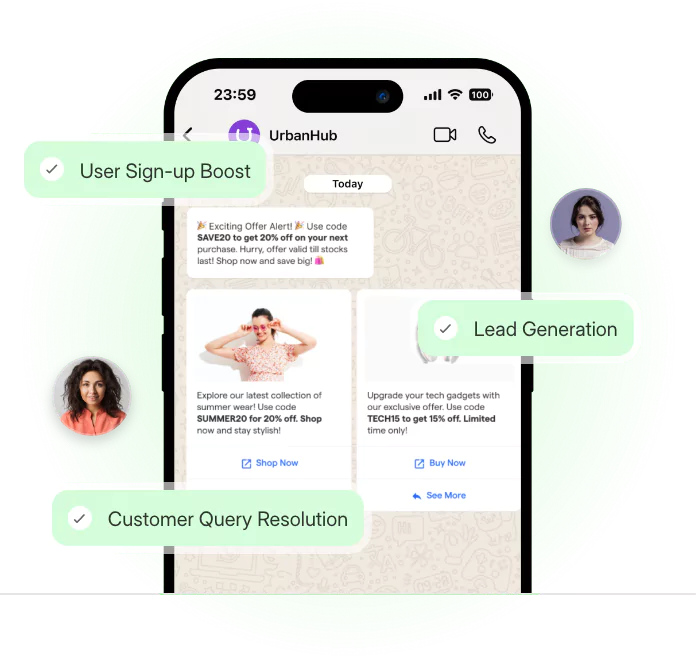Emails are so last decade. It's time to shake things up with WhatsApp newsletters! This fresh approach is taking the digital world by storm, and for good reason.
Imagine reaching your audience where they truly live – on their phones, in a space designed for personal connections. You can do it with a WhatsApp newsletter instead of an email approach which might get lost in spam.
With insane open rates of over 90%, your message won't get buried in a cluttered inbox. Instead, it arrives as a friendly chat, grabbing attention and inviting engagement. Fun polls, GIFs, voice notes – the interactive possibilities are endless!
But it's not just about grabbing eyeballs. WhatsApp allows you to build real relationships with your subscribers. Through personalized content and a casual, authentic tone, you create a vibrant community that can't wait for your next message.
Still confused among what to choose? Then this blog is for you. Continue reading to know pros and cons of WhatsApp newsletter vs traditional email.
The Pros of WhatsApp Newsletters

In this section, you’ll find the pros of having WhatsApp newsletters:
Fostering Engagement in a Personal Space
WhatsApp newsletters leverage the power of the ubiquitous WhatsApp messaging app to deliver content directly to users' smartphones. This approach boasts several unique advantages:
- Unmatched Open Rates: Unlike emails that can get buried in cluttered inboxes, WhatsApp messages boost significantly higher open rates. Studies by MarketResearch suggest open rates for WhatsApp messages can reach a staggering 90%, compared to the average email open rate of around 25%. This translates to a much higher likelihood of your audience seeing and engaging your content.
- Direct Connection and Personalized Communication: WhatsApp fosters a more intimate and personal connection with your subscribers. Unlike impersonal email blasts, WhatsApp messages feel like direct conversations, allowing you to build stronger relationships with your audience. This personal touch can be further enhanced by leveraging features like chatbots to greet users by name and offer content recommendations based on past interactions.
- Engaging with Interactive Features: WhatsApp goes beyond plain text. You can leverage emojis, GIFs, and interactive polls to make your newsletters more visually appealing and interactive. These elements can capture attention, spark conversations, and boost user engagement. Imagine incorporating a fun poll asking your audience's opinion on your latest product design, or using a GIF to illustrate a key point in a complex topic.
- Conversational Feel and Building Brand Authenticity: The casual nature of WhatsApp allows for a more conversational tone in your newsletters. This fosters a sense of authenticity and genuineness that resonates with audiences increasingly wary of overly promotional messages. Think of it as chatting with a friend rather than delivering a sales pitch.
- Real-time Updates and Time-Sensitive Communication: WhatsApp's instant messaging nature allows for real-time delivery of your newsletters. This is particularly valuable for time-sensitive updates, flash sales, or breaking news announcements. Your audience receives information the moment you send it, allowing them to act promptly.
Optimizing Distribution with WhatsApp Chatbots
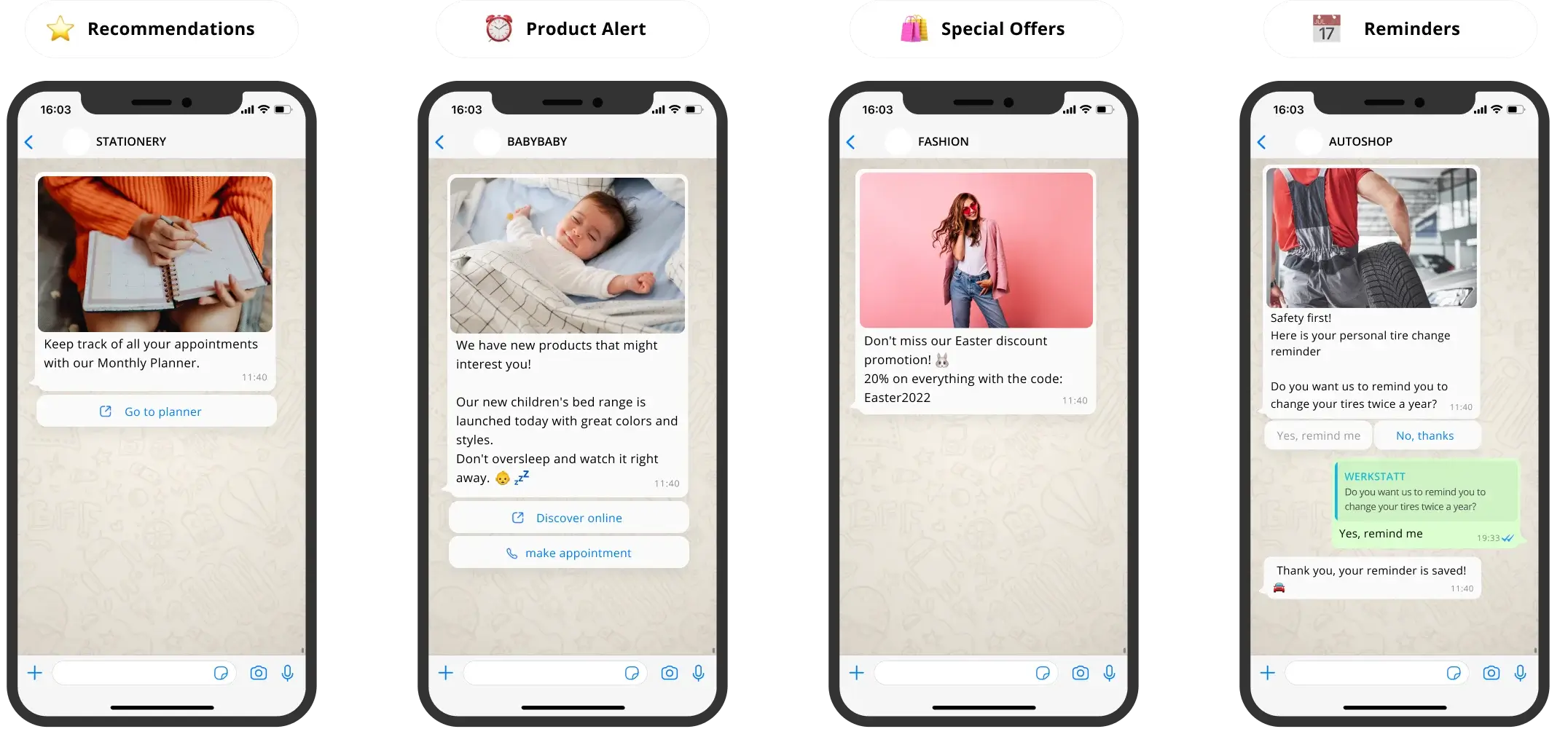
Chatbots can be a powerful tool for streamlining your WhatsApp newsletter distribution and personalization efforts. Services like BotPenguin offer features like:
- Automated Messages: Schedule automated messages to deliver your newsletters at specific times or in response to user triggers. This frees you from manually sending each message, saving valuable time and resources.
- Pre-Scheduled Campaigns: Plan your WhatsApp newsletter campaigns in advance and schedule them for automated delivery. This ensures consistent communication with your audience without the need for manual intervention.
- Message Scheduling: Set up recurring messages for regular updates or promotions, ensuring your audience stays informed without feeling bombarded.
- Personalized Content Recommendations: Leverage WhatsApp chatbots to personalize content recommendations for each subscriber based on their past interactions and preferences. This approach ensures users receive content they're genuinely interested in, fostering higher engagement.
And, when it comes to BotPenguin, it's not just about sending bulk messages to promote newsletters.
With it's advanced AI capabilities, Botenguin's WhatsApp chatbot tends to provide a complete business solution by providing features like:
The Challenges of WhatsApp Newsletters
While WhatsApp offers numerous advantages, it also presents potential drawbacks to consider:
- Limited Audience Building: Unlike email sign-ups, where users can subscribe with a single click, WhatsApp Business newsletters require users to manually add your contact information to their phone's address book. This can limit your initial audience reach, particularly if you haven't established a strong presence on the platform. Consider implementing strategies to incentivize users to add you, such as offering exclusive content or discounts.
- Potential for Intrusiveness: WhatsApp is primarily a personal communication platform. Sending excessive messages can be perceived as intrusive and lead to unsubscribes. Finding the right balance is crucial. Focus on delivering high-quality, valuable content that your audience genuinely wants to receive.
- Content Restrictions: WhatsApp offers limited support for large files and complex formatting compared to emails. This can be a disadvantage if your content relies heavily on rich media elements like data charts or high-resolution images. Explore alternative solutions, such as hosting visuals on a cloud storage platform and providing links within your WhatsApp message.
- Limited Analytics: Compared to robust email marketing platforms, WhatsApp offers fewer built-in tracking details. While basic metrics like message delivery and open rates are available, gaining deeper insights into user behavior may require integrating third-party analytics tools.
Suggested Reading:
Traditional Email: A Tried-and-True Method with Scalability
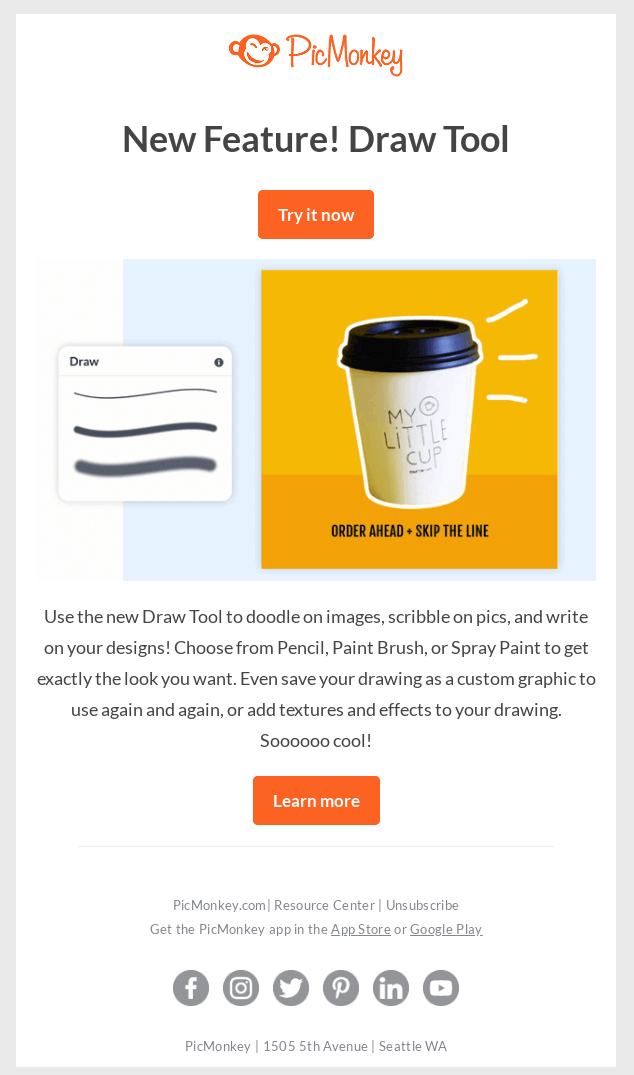
In this section, you’ll find the pros of having a traditional email approach:
- Scalability and Reaching a Large Audience: Emails excel at reaching a vast audience with minimal effort. Building and managing an email list is relatively straightforward, allowing you to broadcast your message to a large subscriber base efficiently. This makes email ideal for businesses aiming for maximum reach and brand awareness.
- Content Flexibility and Rich Media Support: Emails accommodate a wider range of content formats compared to WhatsApp. You can seamlessly integrate images, videos, infographics, and even interactive elements like buttons and surveys into your newsletters. This versatility allows you to create visually engaging and informative content that caters to different audience preferences.
- Deeper Analytics and Data-Driven Insights: Email marketing platforms provide comprehensive analytics dashboards that track various metrics like open rates, click-through rates, and user engagement. This wealth of data empowers you to gain valuable insights into subscriber behavior and content performance. You can leverage this data to refine your newsletter strategy, optimize content for better engagement, and measure the return on investment (ROI) of your email marketing efforts.
- Established and Expected Channel: Email remains a widely used and well-established communication channel. Most internet users are comfortable receiving newsletters via email, making it a familiar and accepted format. This can be advantageous, as users are less likely to perceive emails as intrusive compared to newer platforms like WhatsApp.
- Segmentation Options for Targeted Communication: Email marketing platforms allow you to segment your email list based on various criteria like demographics, interests, and purchase history. This enables you to deliver targeted content that resonates more effectively with different audience segments. Imagine sending personalized product recommendations to subscribers who have shown interest in a specific category, or tailoring your content based on the user's location.
Cons of Traditional Email
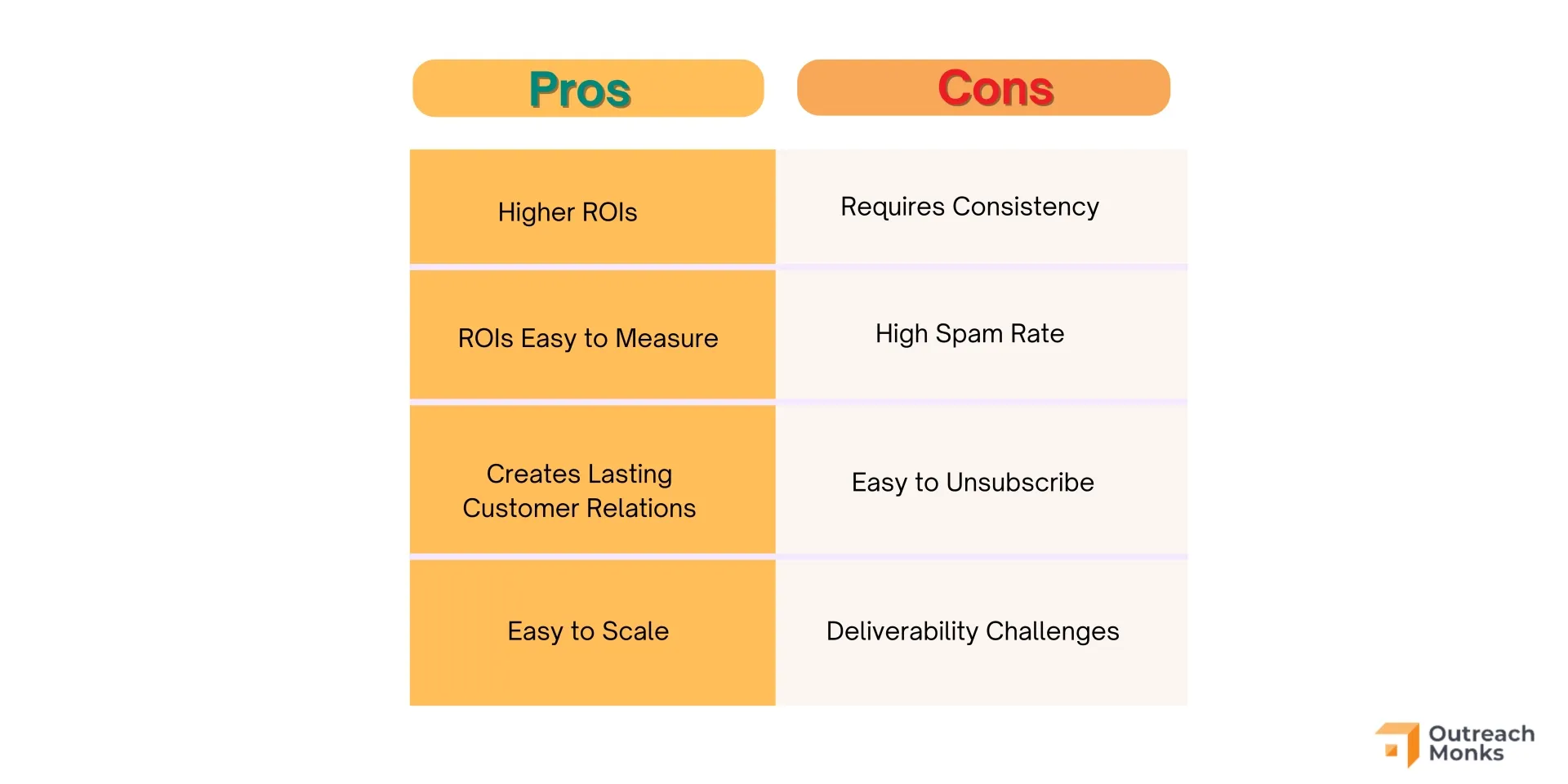
Despite its advantages, email marketing also faces some challenges:
- Falling Open Rates: Spam filters and cluttered inboxes can significantly impact email open rates. Studies suggest the average email open rate hovers around 25%, which means a large portion of your audience may never even see your content.
- Feeling Spammy: Overly promotional emails can come across as spammy and lead to user unsubscribes. Finding the right balance between informative and promotional content is crucial.
- Less Engaging Format: Static email formats may struggle to capture attention compared to more interactive content options available on other platforms. While emails can incorporate some interactive elements, they generally offer a less engaging experience compared to the dynamic nature of platforms like WhatsApp.
- Unsubscribe Hassle: A cumbersome unsubscribe process can lead to frustrated subscribers who remain on your list but don't engage with your content. Always prioritize a user-friendly unsubscribe process to maintain a healthy and engaged subscriber base.
A Side-by-Side Comparison: WhatsApp Newsletter vs Traditional Email
Feature | WhatsApp Newsletter | Traditional Email |
Delivery Speed | Instant | Can be instant or delayed |
Read Rates | Typically higher due to the platform's nature | Generally lower |
Multimedia Content | Supports images, videos, voice messages | Supports images, videos, HTML |
Personalization | Highly personalized messages | Personalization through merge tags |
Message Length | Brevity is key; shorter messages | Can contain long-form content |
Interactivity | Quick replies and chatbot integration | Primarily one-way with some interactivity features like surveys |
User Reach | Limited to app users and phone numbers | Almost universal reach |
Analytics | Basic metrics available | Detailed analytics and tracking |
Cost | Free to use, with some limits on Broadcast List | Usually free; paid plans for advanced features |
Accessibility | Requires a smartphone app | Accessible via web, app, or client |
Audience Control | Users have to opt-in; low spam potential | Users can be added to email lists, higher spam potential |
Privacy & Security | End-to-end encryption | Encryption varies by provider |
These are the key points to consider when evaluating whether WhatsApp newsletters or traditional emails better fit your communication needs.
After looking at the table, you may wonder which one you should choose now. So, why wait more? Let us see below. Keep reading, keep exploring.
So, Which One Should You Choose?
Deciphering the ideal platform for your newsletter depends on your objectives and audience. Here are some considerations:
Choose WhatsApp if:
- You already have an engaged audience on your contact list.
- Personal and informal communication is a top priority.
- Your content is concise and time-sensitive.
Choose Email if:
- Reaching a large audience and expanding your subscriber list is your focus.
- You plan to use complex formatting or rich media content.
- Deep insights into subscriber behavior matter to you.
- Tailored newsletters aligned to different audience segments are on your agenda.
Moreover, a multi-channel approach could prove effective. WhatsApp newsletters tool can be used for exclusive updates and special offers to your most engaged members, while emails can be used for broader announcements and content marketing. The perfect combination can be a winning formula!
WhatsApp Newsletters are the Trendsetters
WhatsApp newsletters are emerging as the avant-garde in the changing digital world.Their unique blend of immediacy, personalization, and engagement stands out, setting new trends for consuming and interacting with content.
Leaning into Instantaneity
WhatsApp's inherent design fosters instant communication. WhatsApp business newsletters capitalize on this by delivering timely news directly to your audience's most checked smartphone device. This real-time delivery system is unmatched, especially when speed is of the essence.
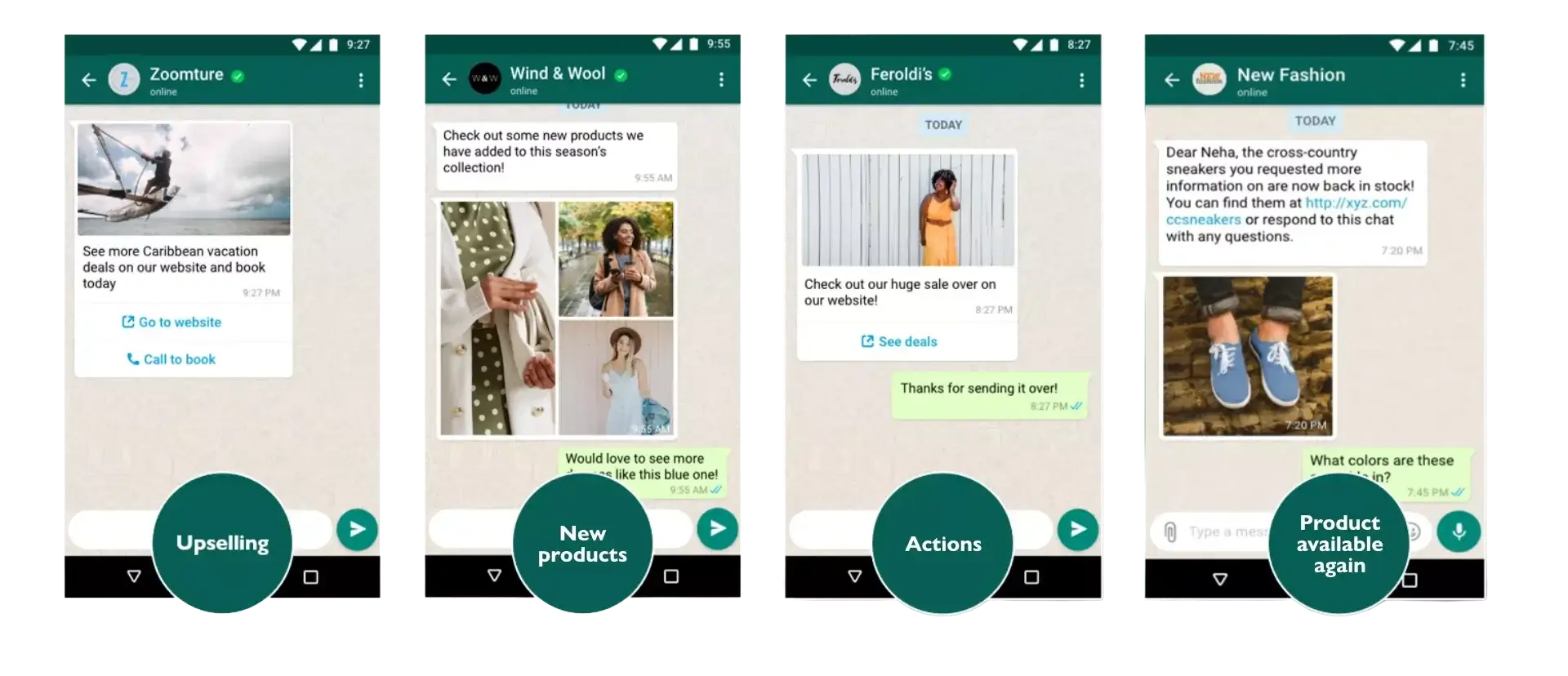
A Fresh Take on Personalization
The use of WhatsApp chatbots allows for an unprecedented level of personalization. From greeting subscribers by name to offering content based on past interactions, WhatsApp can tailor experiences in ways that email struggles to compete with. This personalized approach not only increases engagement but also loyalty.
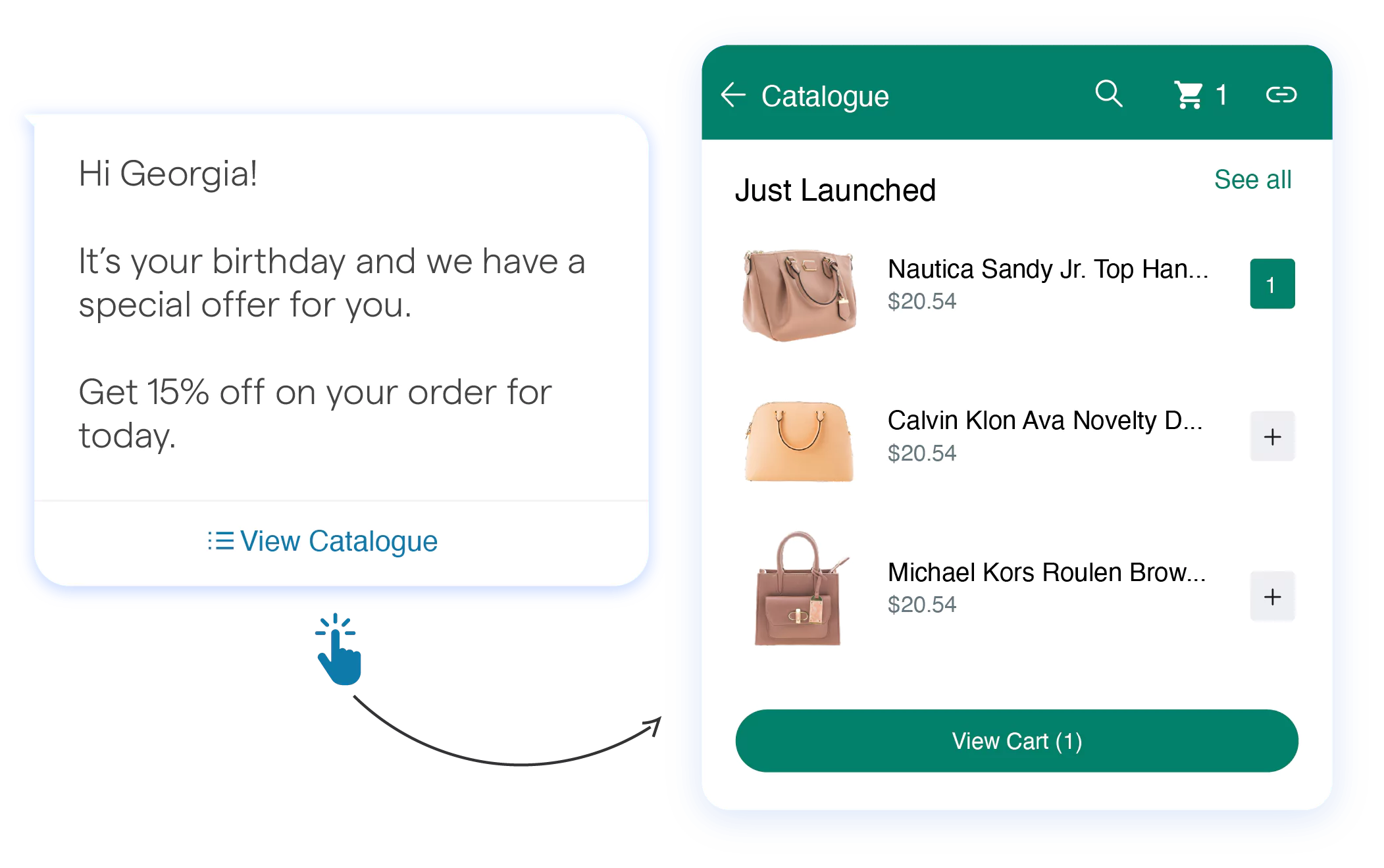
Boosting Engagement with Rich Media
WhatsApp enables sharing not just text but also vibrant images, compelling videos, and voice notes, making newsletters more engaging and digestible.
WhatsApp's versatility in sharing content types puts It in a unique position to captivate audiences in multiple ways.
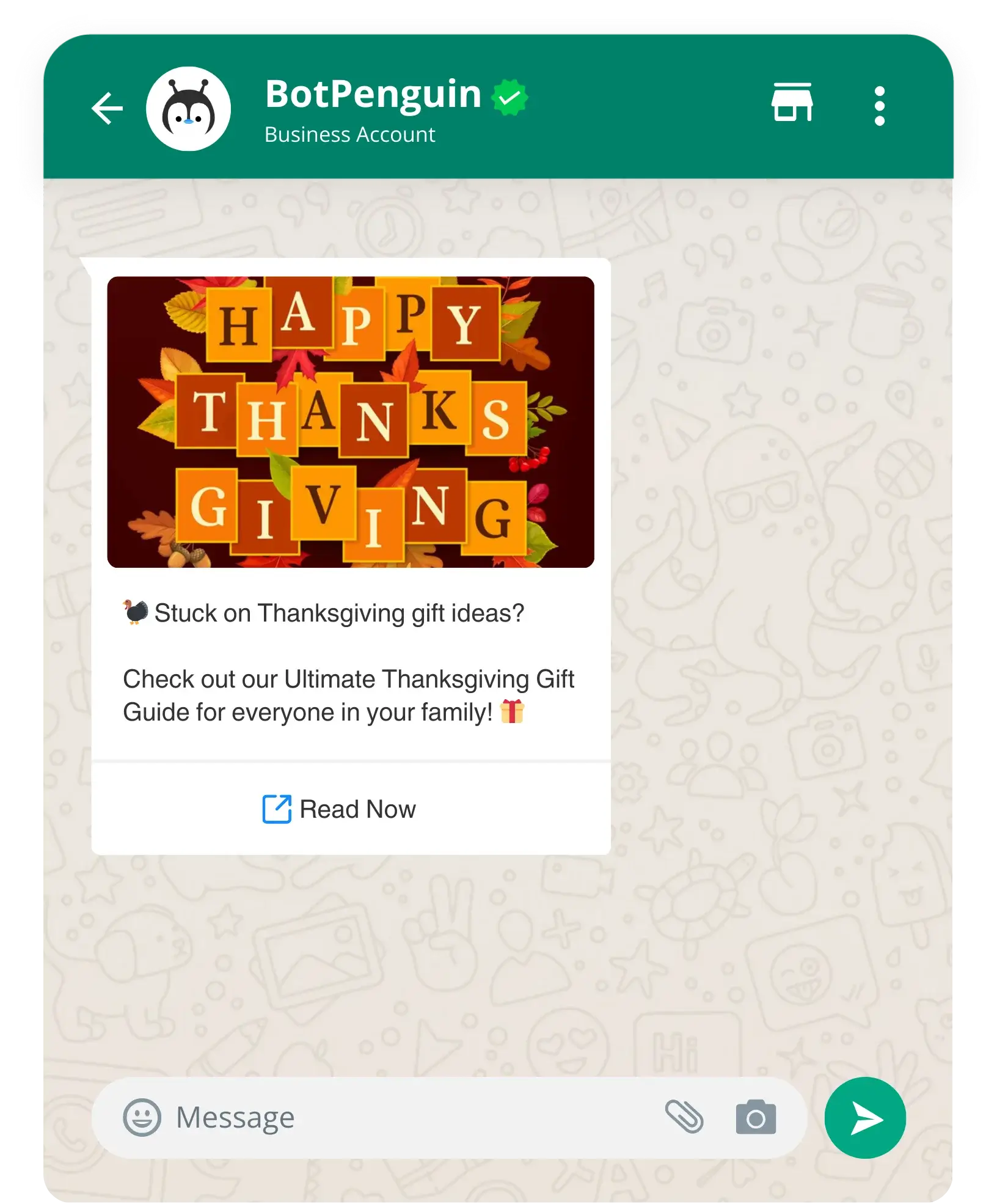
Building an Exclusive Community
WhatsApp newsletters create a sense of exclusivity and belonging as users opt in to receive these communications. This fosters a closer community feeling among members, encouraging more active participation and interaction and setting the stage for a more vibrant, engaged community.
Innovative Distribution through Chatbots
The advent of chatbots for WhatsApp marks a significant leap in how newsletters are distributed. Automated yet personalized, these chatbots can manage subscriptions, send out newsletters based on pre-set schedules or triggers, and even handle basic queries from subscribers, making the process more efficient.
Conclusion
The choice between WhatsApp newsletters and traditional emails comes down to your goals and audience. WhatsApp is hard to beat if you want to foster a tight-knit community and personal connections. Those mind-blowing open rates and interactive features make it perfect for timely, engaging content.
But emails still reign supreme when it comes to reaching massive audiences efficiently. Their rich analytics let you optimize every aspect of your campaigns. And with flexibility for complex content, emails have a place in any well-rounded marketing strategy.
The real power move is combining both channels for a one-two punch. Use WhatsApp to share exclusive offers and cultivate your inner circle. Meanwhile, emails keep your broader audience in the loop with newsletters packed with value.
Whichever route you choose, one thing is clear: the newsletter game has changed. Gone are the days of drab, one-size-fits-all emails. To truly captivate modern audiences, you need a fresh, interactive approach that meets them where they live.
Will you be the trailblazer who transforms their marketing with WhatsApp? Or will you stick to trusty emails while adding more spark? The path is yours to blaze. But after seeing what's possible, can you afford not to evolve? Don't get left behind—start revolutionizing how you connect today!
Suggested Reading:
Frequently Asked Questions (FAQs)
How do I create a newsletter on WhatsApp?
Start by setting up a WhatsApp Business account. Use broadcasting lists to create your newsletter, and then distribute it to your audience. Include links, images, and texts to engage readers.
What is the best features in WhatsApp?
WhatsApp's best features are its real-time messaging, multimedia file sharing, and end-to-end encryption. Its status updates, voice and video calls, and 'blue tick' read receipts are also quite popular.
How can I grow my WhatsApp audience?
Encourage current customers or audience members to share your content, offer exclusive promotions, and use other channels to promote your WhatsApp newsletter. Always provide valuable, share-worthy content.
How do I get target audience on WhatsApp?
Identify your ideal audience, provide exclusive content or offers on WhatsApp, and promote your WhatsApp contact through your other marketing channels, encouraging signups directly.
How do I automate WhatsApp marketing?
Utilize WhatsApp chatbots for automating replies, scheduling broadcasts, and managing your audience lists. Tools such as BotPenguin and MobileMonkey provide WhatsApp automation services.
Can I use WhatsApp for large-scale email marketing campaigns?
WhatsApp isn't designed for large-scale email marketing. It's better for personalized, small-scale messaging. For big campaigns, traditional email marketing platforms are more suitable.

